Casa do Corpo Santo
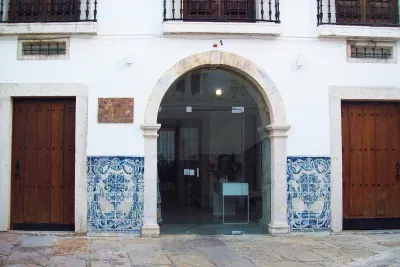
The Casa do Corpo Santo (House of the Holy Body) is also known as the Museum of the Baroque. Situated close to one of the remaining sections of city wall that have protected Setúbal from attack for centuries, its own exterior perimeter wall and simple marble name plate give little away about what you might find inside.
This includes several relics from when the Casa do Corpo Santo was first built in the early 1700s, alongside beautiful blue and white tiling decoration added roughly 150 years later which lines many of the rooms from the floors to chest height.
Casa da Baía
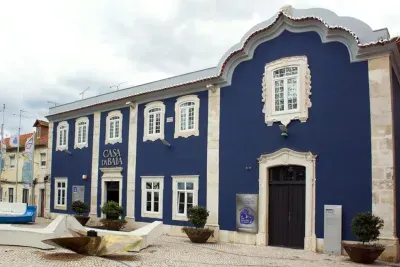
With its dark blue plasterwork and contrasting pale stonework windows, it's not hard to spot Setúbal's Casa da Baía, or House of the Bay. Only a short walk from the town's main square, the Praça de Bocage, it was built in the aftermath of the devastating Lisbon earthquake of 1755 as a home for orphans and widows. Many were buried in the cloister grounds after their deaths.
Palácio and Quinta da Bacalhôa
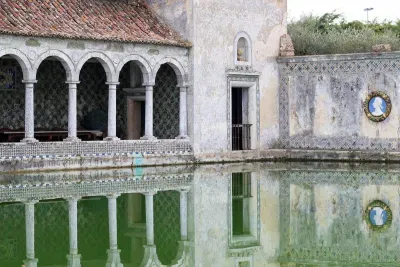
The gardens at Quinta da Bacalhôa in Setúbal were first laid out in the sixteenth-century during the Renaissance period. Fully-restored to their former glory in the 1930s, today the gardens continue to demonstrate the fashionable styles of the period. These are typified by neat knot-gardens of box wood and shaped topiary bushes rather than the free-form naturalistic design that became common in later centuries.
Palácio do Raio
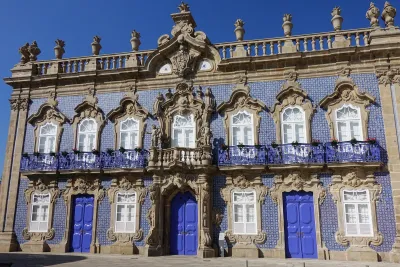
Braga's Raio Palace, or Palácio do Raio, was built in the 1750s as the private home of João Duarte de Faria. Although Faria had made considerable wealth as a merchant, he was also a knight of the Military Order of Christ - better known as the Knights Templar.
Casa de José Régio
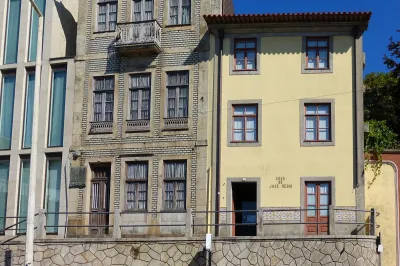
The modernist poet and writer José Régio was born and died in Vila do Conde, despite spending most of his life elsewhere in Portugal. Much of his works focused on the conflict between man and God, and between the individual and society. He was also known for being a thorn in the side of Salazar's dictatorship and the Estado Novo.
Cividade de Terroso
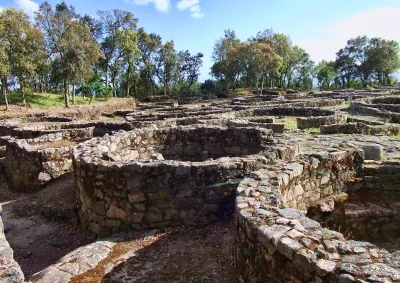
The ancient city of Cividade de Terroso is located on a hilltop a few kilometres inland of Póvoa de Varzim. It is estimated to be in the region of 3,000 years old and was one of the largest and most fortified settlements of the celtic Castro people.
Conimbriga
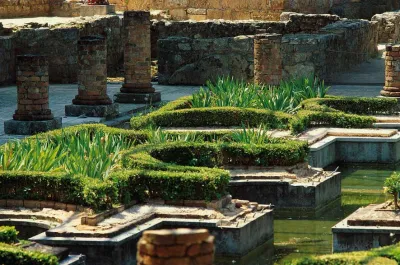
The Roman settlement of Conímbriga was one of the largest in Portugal and is today the best preserved and most impressive. The ruins of this ancient town are situated in the countryside around 16 km (10 miles) south of Coimbra, in central Portugal.
Conímbriga as a settlement dates back to before the arrival of the Romans in Portugal. Originally it was occupied by the Celts (briga meaning defended area in Celtic) but what you see today is the work of the Romans who arrived here in the 2nd century BC, during the reign of Emperor Augustus.
Casa de Lucia
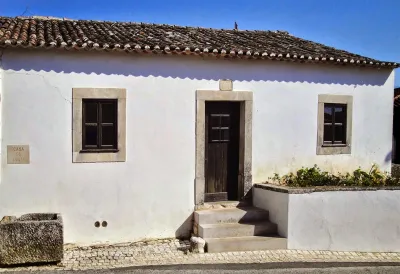
Between 13th May and 13th October 1917, three local shepherd children living near Fátima are said to have witnessed apparitions of the Virgin Mary. The Sanctuary in Fatima is now a leading pilgrimage site for Catholics from around the world and attracts between 4 and 5 million visitors each year. The eldest of these three children, Lucia dos Santos, lived as a Carmelite nun until 2005, devoting her life to prayer and sacrifice.
Slave Market Site - Lagos
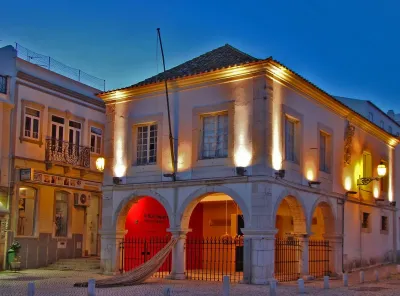
This unassuming building in Praca do Infante Dom Henrique has a tragic history. This building, (Mercado de Escravos) is widely believed to have been the first slave market in Europe.
Palácio Bivar
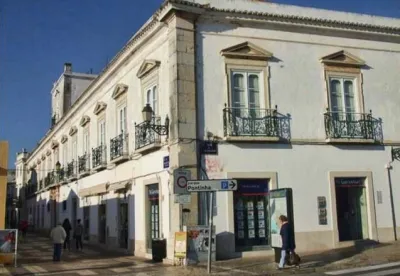
Faro’s Bivar Palace, close to the marina is a fine example of the Neoclassical style of architecture and is probably the best example on the Algarve. Built in 18th century, with later additions in 19th and 20th centuries, the two storey palace has a symmetry which is very pleasing to the eye. At the front there are bay windows, each topped with a triangular pediment. There are wrought iron balconies and a balcony window with a lookout tower.